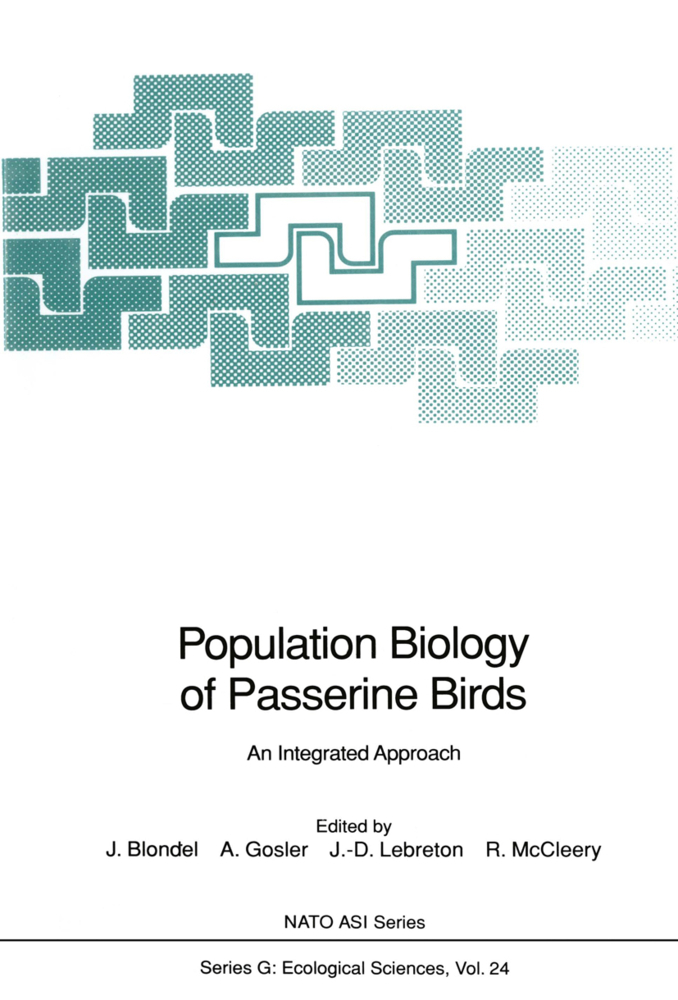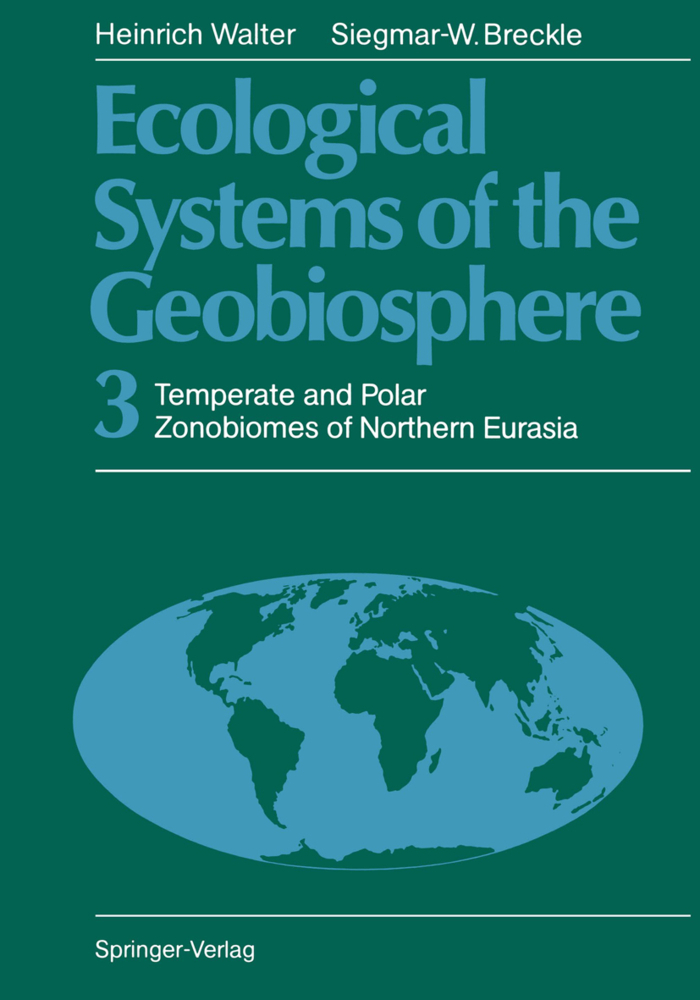Ecophysiology of Small Desert Mammals
Ecophysiology of Small Desert Mammals
Since small mammals have a large surface to mass ratio, one would expect them to quickly dehydrate and perish at high environmental temperatures. Nonetheless, a large number of small mammal species inhabit deserts. This fascinating phenomenon is investigated by Prof. A. Allan Degen in his book.
The majority of small desert mammals are rodents, but shrews of several grams and small foxes of 1 kg are also present. Their survival is due mainly to behavioural adaptations and habitat selection, however, physiological adaptations also contribute to the success. Interestingly, many small mammals that live in different deserts of the world show similarities in their adaptive traits although they have different taxonomic affinities.
1.2 Small
1.3 Desert
1.4 Mammal
1.5 Small Desert Mammals
2 Deserts
2.1 Definition of Deserts
2.2 Formation of Deserts
2.3 World Deserts
2.4 Desert Soils
3 Body Size and Allometry
3.1 Allometric Scaling
3.2 Body Size and Environment
4 Heat Transfer and Body Temperature
4.1 Heat Exchange Between Animal and Environment
4.2 Operative and Standard Operative Environmental Temperatures
4.3 Body Temperature of Mammals
4.4 Overall Thermal Conductance
4.5 Shivering and Non-Shivering Thermogenesis
5 Behavioural Adaptations
5.1 Temporal Patterns
5.2 Refuge Microhabitat
5.3 Dietary Habits
5.4 Locomotion
6 Water Requirements and Water Balance
6.1 Water Input
6.2 Water Output
6.3 Total Body Water Volume and Its Distribution.
6.4 Body Fluid Regulation
6.5 Cardiac Output and Its Distribution During Dehydration
6.6 Water Flux
7 Energy Requirements and Energy Flux
7.1 Digestibility and Energy Value of Food
7.2 Anti-Nutritional Compounds
7.3 Digestive Tract and Absorption of Nutrients
7.4 Basal Metabolic Rate
7.5 Average Daily Metabolic Rate
7.6 Field Metabolic Rate
8 Reproduction
8.1 Timing of Reproduction
8.2 Water Intake, Milk Production and Pup Growth
8.3 Water Budget During Pregnancy and Lactation
8.4 Energy Requirements for Pregnancy and Lactation
8.5 Reproduction, Metabolic Rate and Body Size
References.
The majority of small desert mammals are rodents, but shrews of several grams and small foxes of 1 kg are also present. Their survival is due mainly to behavioural adaptations and habitat selection, however, physiological adaptations also contribute to the success. Interestingly, many small mammals that live in different deserts of the world show similarities in their adaptive traits although they have different taxonomic affinities.
1 Introduction
1.1 Ecophysiology1.2 Small
1.3 Desert
1.4 Mammal
1.5 Small Desert Mammals
2 Deserts
2.1 Definition of Deserts
2.2 Formation of Deserts
2.3 World Deserts
2.4 Desert Soils
3 Body Size and Allometry
3.1 Allometric Scaling
3.2 Body Size and Environment
4 Heat Transfer and Body Temperature
4.1 Heat Exchange Between Animal and Environment
4.2 Operative and Standard Operative Environmental Temperatures
4.3 Body Temperature of Mammals
4.4 Overall Thermal Conductance
4.5 Shivering and Non-Shivering Thermogenesis
5 Behavioural Adaptations
5.1 Temporal Patterns
5.2 Refuge Microhabitat
5.3 Dietary Habits
5.4 Locomotion
6 Water Requirements and Water Balance
6.1 Water Input
6.2 Water Output
6.3 Total Body Water Volume and Its Distribution.
6.4 Body Fluid Regulation
6.5 Cardiac Output and Its Distribution During Dehydration
6.6 Water Flux
7 Energy Requirements and Energy Flux
7.1 Digestibility and Energy Value of Food
7.2 Anti-Nutritional Compounds
7.3 Digestive Tract and Absorption of Nutrients
7.4 Basal Metabolic Rate
7.5 Average Daily Metabolic Rate
7.6 Field Metabolic Rate
8 Reproduction
8.1 Timing of Reproduction
8.2 Water Intake, Milk Production and Pup Growth
8.3 Water Budget During Pregnancy and Lactation
8.4 Energy Requirements for Pregnancy and Lactation
8.5 Reproduction, Metabolic Rate and Body Size
References.
Degen, Allan A.
| ISBN | 9783642643668 |
|---|---|
| Artikelnummer | 9783642643668 |
| Medientyp | Buch |
| Auflage | Softcover reprint of the original 1st ed. 1997 |
| Copyrightjahr | 2012 |
| Verlag | Springer, Berlin |
| Umfang | 296 Seiten |
| Abbildungen | XII, 296 p. |
| Sprache | Englisch |










